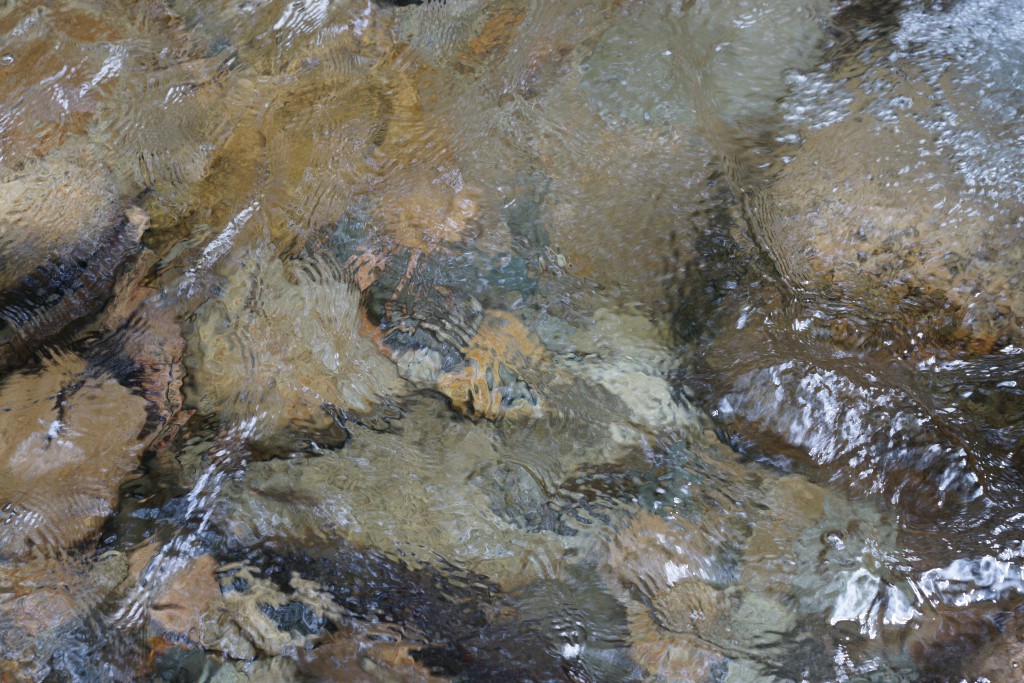In October I will be offering a workshop at the annual ISMETA (International Somatic Movement Education and Therapy Association meeting. They have asked me to speak to the question of how Authentic Movement can nourish somatic movement education and therapeutic practices.
I have been thinking about how we in the Authentic Movement community can make that work more available and explicable to the larger community. Even more delicious and tantalizing.
I have also been thinking about the word “somatic” and finding it oddly missing or misunderstood in common parlance. If I tell someone that I am a somatic movement therapist, they often look a little blank and polite. I need to polish my elevator pitch. So I would like to unpack that as well.
This is what the ISMETA website says: The field of somatics has developed over the last century through a process of inquiry into how consciousness inhabits the living body. The term is derived from the word “somatic” (Greek “somatikos”, soma: “living, aware, bodily person”) which means pertaining to the body, experienced and regulated from within.
My explanation is that somatics connects the bodily experiences of structure, function and expression by teaching us how to listen to and feel the body more deeply. It is not physical therapy yet it has the effect of improving function, resiliance, expressivity and pleasure. It helps us to become more awake and peaceful in our mystical, carnal selves.
How does that happen? Lots of ways. Touch. Breath. Movement. Stillness. Investigation. Curiosity and acceptance. Some of my work is in partnership with horses.
In a recent session, I worked with a client with a painful shoulder to practice neutral observation of the “voice” of that shoulder throughout the day. We played with gradations of tension and relaxation, with “chunking down” movement in and around the joint, and with exploring how the rest of the body – fluid, fascia, organ – could support the whole upper quadrant. We loooked at how movement sequenced from the opposite foot all the way through that arm, passing through the inner columns and hollows of the body. We talked about images and memories connected to the restriction. In an Authentic Movement session, she had the experience of water flowing through the inner channels of the arm and shoulder, and then pouring down the arm and fingers. The water became warm and salty, and she realized that the bracing in the shoulder was related to an inability to release her sadness about an early trauma.
Authentic Movement is an improvisational, contemplative practice. There is a mover or movers and a witness. The witness acts as a container for the experience of the mover[s]. The mover moves without direction of any kind, including music. The invitation to the mover is to “wait to be moved.” That means to allow and follow any impulses arising from the bodyscape. The mover is neither editing nor shaping their movement. The witness is not judging or analyzing the movement, but rather providing a safe container for whatever arises for the mover. After 20 minutes or more, the mover[s] finds a way to finish and then the mover and witness may speak about the experience.
Authentic Movement is “aimless.” It is not pointed at a goal. It is similar to meditation in that it offers time and space for the conscious and non-conscious play of body and mind to occur.
I often weave it into my therapeutic and performative work because I find it the richest and most profound way of attuning, and also the most surprising. I love it because it further unravels the tendency to direct, dissect, understand, interpret, produce. It is restful but it is not resting. I experience it as a correlate to the intercellular fluid in that it provides the oceanic, psychophysical brine that connects all of the parts of myself. It is the big undoing.
For more information, please contact me.
